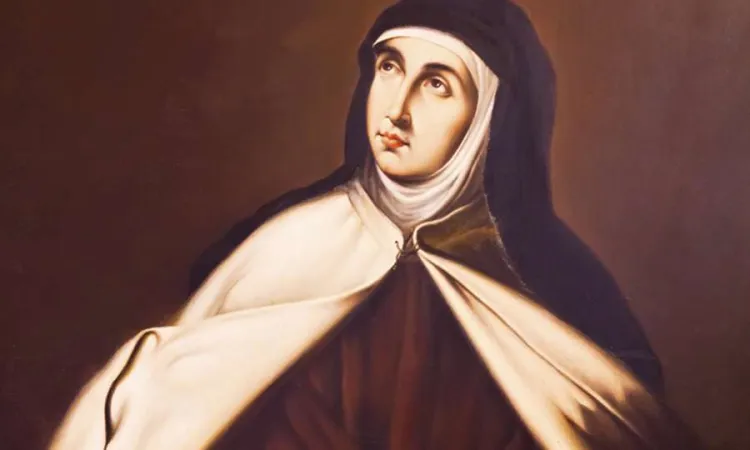Oct 11, 2019
Our parish's fall festival was coming to an end. As I rounded up my little ones, I spotted an acquaintance. Antoinette is almost 95 years old and now wheelchair bound, but her incandescent smile inevitably draws people towards her. "Have you had a nice evening?" I asked.
"Oh yes," she replied, "I spoke for a long time with Father."
"You know," I said in a hushed tone, "I think he is a mystic."
"Yes," Antoinette said, taking a deep breath, "he saw right to my soul."
A mystic is not some sort of Catholic tarot card reader. A mystic is, in the eyes of traditional Christianity, someone God has given certain gifts and graces to accomplish a specific purpose for the salvation of souls. Some of the Church's notable mystics include great saints like St. Padre Pio, St. John of the Cross, St. Teresa of Avila and St. Catherine of Siena. Their extraordinary ability to sense God transformed their hearts. Theirs were hearts moved to quiet and solitude when necessary, but also to action and service to souls and the Church. They were obedient to God and Church, and – not unrelatedly – they were profoundly humble.
Now, we shouldn't think that the exceptional relationship that mystics had with God is just for an elite, holy few. No, not at all. Mystics walk among us in our everyday lives – Antoinette's and my parish priest, for example – and a mystical relationship with God is open to us all. In fact, God longs to connect with each one of our hearts and transform them for His glory. To that end, National Review's Kathryn Jean Lopez has just compiled a beautiful daily devotional, A Year with the Mystics: Visionary Wisdom for Daily Living, that can help open our hearts to such prayerful, mystical encounters with God. Lopez' message is simple: "You too can be a mystic."
"I don't pretend to either be a mystic or an expert on mysticism," she writes. "But I do pray enough to know that so very few us of us have plumbed the depths of what God wants to reveal to us and do in us through prayer."
A Year with the Mystics features brief, daily meditations grounded in the writings and prayers of the Catholic Church's well-known mystics – Padre Pio, Teresa of Avila, and John of the Cross, for example. Lopez also includes the words of "active saints in the world," figures not conventionally thought of as mystics such as Mother Teresa and Mother Angelica.
The book is not a formulaic, chapter-by-chapter guide to the interior life. Rather, each day's reflection invites the reader into a particular contemplation. "Entering into the light," "Divine friendship," "Looking in the mirror, seeing light and virtue," "Pray without ceasing? A how-to" are some of my most favorite daily invitations. Lopez follows up with a brief introduction to an inspired writing, the excerpt itself, a consideration and then a final prayer. The reading and daily meditation takes a brief 15 minutes, but it can inspire an entire holy hour or direct your entire day. It's worth pointing out that the book is beautifully bound and sturdy enough to survive transport in a purse, briefcase, or the door pocket of the car so that not one day of contemplation is missed.
I have turned to this little volume often in my prayers since receiving my review copy. And I have found great consolation – the kind of consolation I saw on Antoinette's smiling face after she spoke with Father John at the parish festival.
For most of us, the mystical union with God will be found as contemplatives in an often loud and busy world. Inviting the mystics to accompany us along our journey of contemplation presents an opportunity for incredible growth in our prayerful encounter with God. In A Year with the Mystics, Kathryn Jean Lopez has mapped a lovely and useful path to facilitate this encounter. "Be not afraid as you've heard and will read," she writes "Let him bring you to a peace that surpasses all understanding, even as he brings you into a deeper understanding in the heart of the Trinity."


